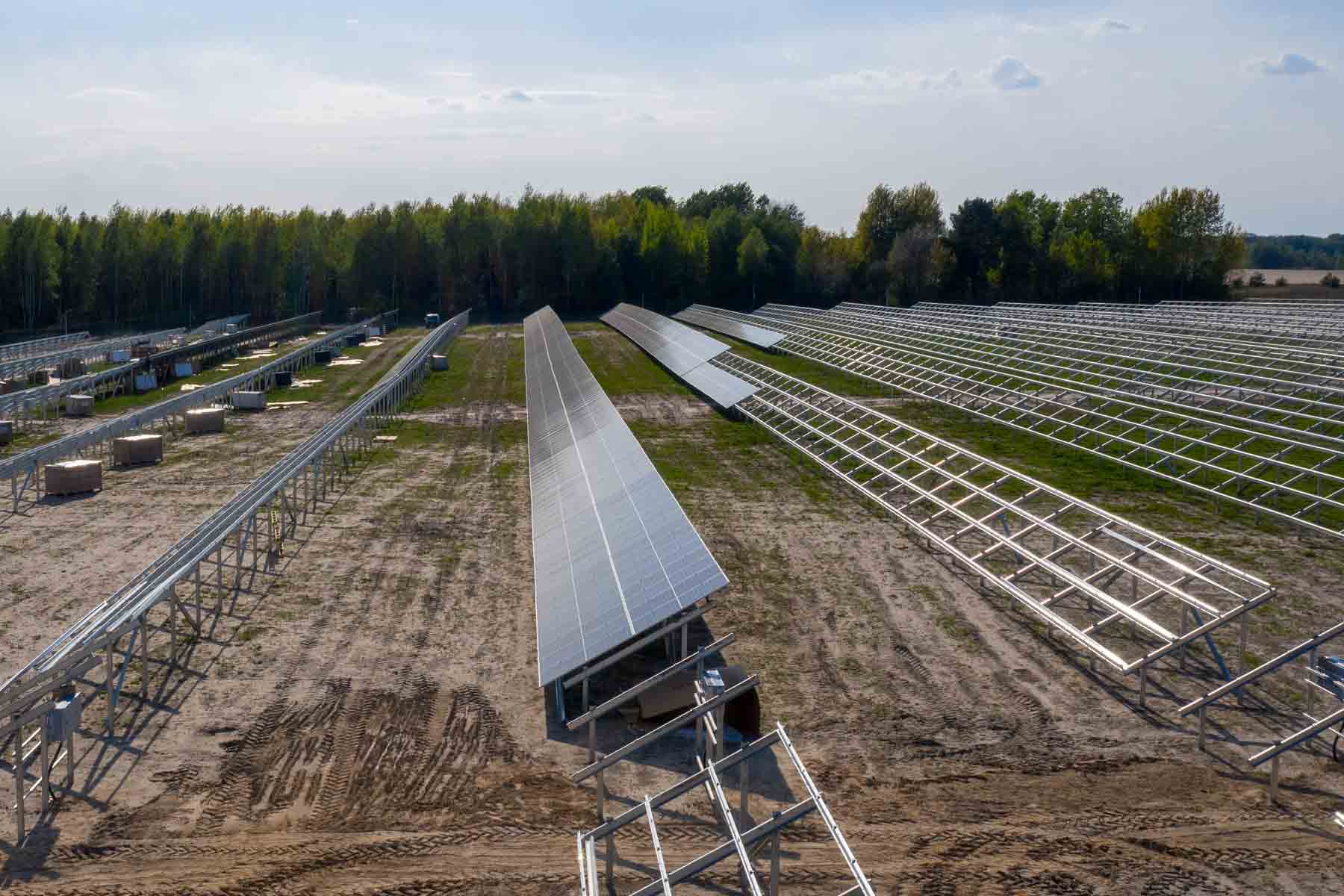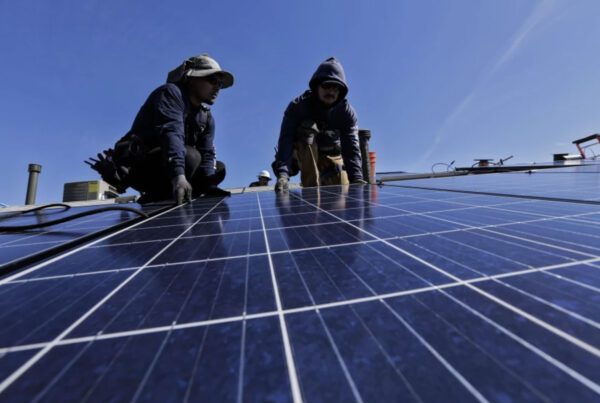A new decision today from the California Public Utilities Commission (CPUC) marks a significant milestone by dramatically simplifying the interconnection process for distributed energy resources (DERs), like solar and batteries, and providing valuable transparency for project developers.
This is one of the most significant changes to the interconnection process in decades and offers a model for other states, at a time when interconnection has increasingly become a bottleneck to renewable energy development around the country.
For the first time ever, the review of DER projects seeking interconnection in California will be based on a model of the conditions on the grid, commonly known as a hosting capacity analysis (HCA), and referred to in California as the Integration Capacity Analysis (ICA). This will replace parts of the frequently imprecise “rules of thumb” used for the expedited screening process that can result in costly, time-consuming, and often unnecessary project reviews. California has also eliminated limits on the size of projects that are eligible for “fast track” review, increasing access to the expedited review process which will speed up interconnection for eligible projects.
These developments have emerged as a result of years of engagement in California’s rulemaking process by the Interstate Renewable Energy Council (IREC). In 2014, IREC first started working on the development of California’s ICA, which is a regularly updated model of the conditions at different points on the grid. A ruling in September 2020 established the intention to utilize ICA in the state’s interconnection process. However, it has taken an additional two years to finalize specifically how that will work. Now, within 45 days from today’s ruling, this new process will finally become available to all DER projects seeking to connect to the grid.
“Today’s decision reflects the culmination of years of dogged engagement by IREC to enable the use of cutting-edge approaches that simplify the interconnection process so renewable energy can be deployed faster and more affordably,” said Larry Sherwood, IREC President and CEO. “IREC applauds California in becoming the first state to begin using hosting capacity data to streamline and simplify the interconnection process.”
The new process will replace the “15% of peak load” screen, which has historically been used to evaluate if a project requires more detailed review to determine whether any grid upgrades are needed before it is approved to interconnect. Under the newly adopted rules, projects that do not exceed 90% of available capacity as shown in the ICA (a conservative buffer requested by utilities) will be able to pass the new screen. Projects that do not pass this improved screen will be subject to supplemental reviews; however, the rule changes also include significant improvements to the supplemental review process that are expected to allow a greater amount of DERs to be integrated through the screening process.
Further innovations in California’s interconnection process are still pending, including a “limited generation profile” approach that would allow a DER (such as a solar-plus-storage system) to design a system using a generation profile to avoid system constraints that arise during different months of the year. This concept was approved in a 2020 decision by the CPUC but a subsequent ruling on how it will be implemented is still pending.






